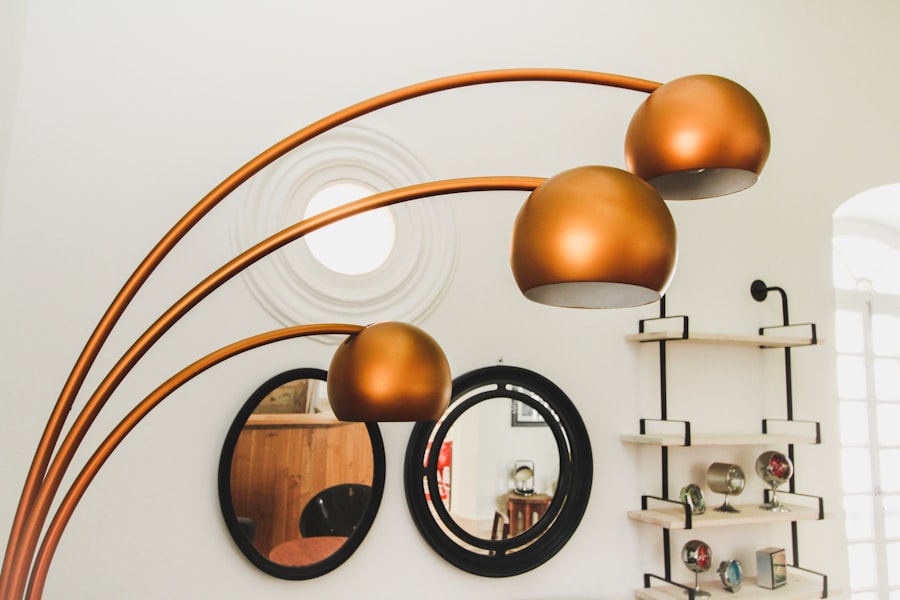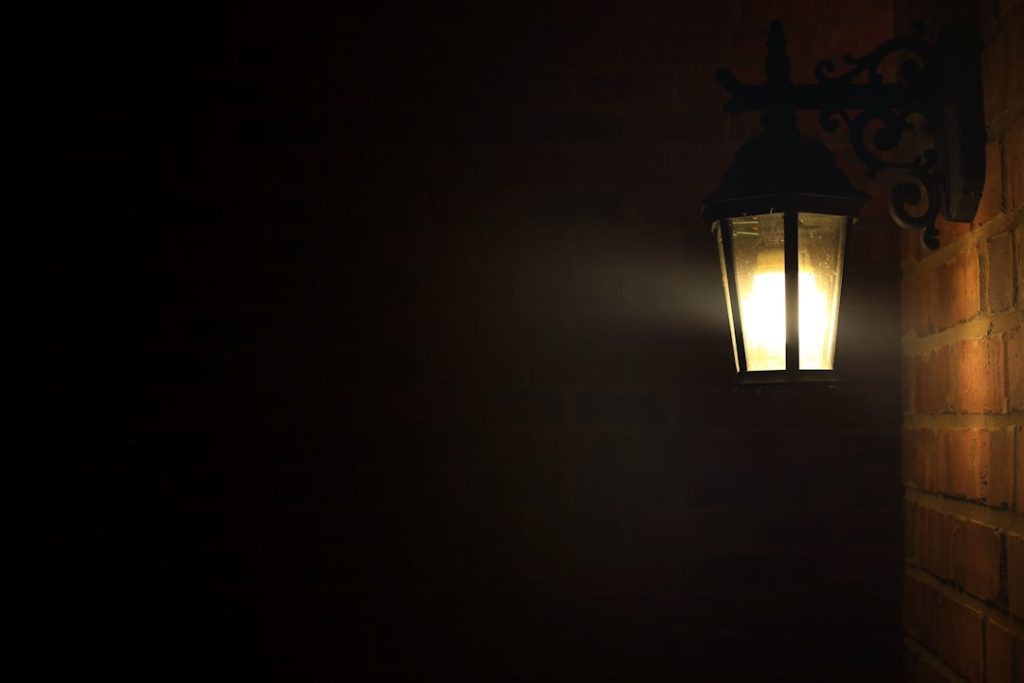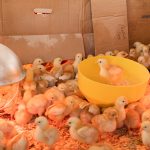Baby chickens, or chicks, have specific requirements for optimal growth and development into healthy adult chickens. Warmth is crucial, as chicks cannot effectively regulate their body temperature and depend on external heat sources. Clean water, a balanced diet, and proper ventilation are also essential for their overall health and well-being.
Poultry farmers and backyard chicken keepers must understand and meet these needs to successfully raise chicks. A safe and secure environment is vital for protecting baby chickens from predators and adverse weather conditions. This includes providing a clean, dry living space with suitable bedding and shielding them from extreme temperatures and drafts.
Chicks also require adequate space for movement and exercise, as well as exposure to natural light. Comprehending and addressing these needs is fundamental to ensuring the healthy development of baby chickens and providing them with optimal care.
Table of Contents
- 1 Setting the right temperature for baby chickens
- 2 Monitoring and adjusting the temperature as needed
- 3 Providing supplemental heat sources for baby chickens
- 4 Ensuring proper ventilation for baby chickens
- 5 Considering the breed and age of the baby chickens
- 6 Tips for keeping baby chickens warm and healthy
- 7 FAQs
Key Takeaways
- Baby chickens need a warm and draft-free environment to thrive
- The ideal temperature for baby chickens is around 95 degrees Fahrenheit
- Regularly monitor and adjust the temperature as needed to ensure the comfort of the baby chickens
- Supplemental heat sources such as heat lamps or brooders can help maintain the right temperature
- Proper ventilation is crucial to prevent overheating and maintain air quality for baby chickens
Setting the right temperature for baby chickens
Temperature Requirements for Baby Chicks
For the first week of their lives, baby chickens require a temperature of around 95 degrees Fahrenheit. This temperature should be reduced by 5 degrees each week until the chicks are fully feathered, usually around 6 weeks of age.
Creating a Comfortable Environment
It is important to provide a warm and comfortable environment for baby chickens to prevent them from becoming chilled or overheated, which can lead to health issues or even death. In order to maintain the right temperature for baby chickens, it is essential to use a reliable heat source such as a heat lamp or a brooder. The heat source should be positioned at one end of the brooder to create a temperature gradient, allowing the chicks to move closer to or farther away from the heat as needed.
Monitoring Temperature
It is also important to monitor the temperature regularly using a thermometer to ensure that it remains within the appropriate range. Setting the right temperature for baby chickens is essential for their growth and development, and it is a critical aspect of raising healthy and happy chicks.
Monitoring and adjusting the temperature as needed

Monitoring and adjusting the temperature as needed is an important part of caring for baby chickens. It is essential to regularly check the temperature in the brooder using a thermometer and make adjustments as necessary to ensure that it remains within the appropriate range for the age of the chicks. This may involve raising or lowering the heat lamp, adjusting the thermostat on a brooder heater, or making changes to the ventilation in the brooder to maintain a comfortable temperature for the chicks.
In addition to monitoring the temperature in the brooder, it is important to observe the behavior of the baby chickens. Chicks that are huddled together under the heat source may be too cold, while chicks that are panting or avoiding the heat source may be too hot. By paying attention to the behavior of the chicks and making adjustments to the temperature as needed, poultry farmers and backyard chicken enthusiasts can ensure that their baby chickens remain healthy and comfortable as they grow.
Providing supplemental heat sources for baby chickens
In addition to using a heat lamp or brooder heater, there are other supplemental heat sources that can be used to provide warmth for baby chickens. One option is a radiant heat plate, which mimics the warmth of a mother hen by providing a gentle, radiant heat source from above. This type of heat source is particularly beneficial for young chicks as it allows them to huddle together underneath it for warmth, just as they would with a mother hen.
Another option for providing supplemental heat for baby chickens is a heating pad designed specifically for poultry. These heating pads are placed underneath the brooder and provide a consistent source of warmth for the chicks without the use of a traditional heat lamp. This can be a safer option for young chicks as it reduces the risk of fire and allows for more natural behavior, such as roosting and dust bathing.
Ensuring proper ventilation for baby chickens
Proper ventilation is essential for maintaining a healthy environment for baby chickens. Good ventilation helps to remove excess moisture, ammonia, and airborne pathogens from the brooder, which can lead to respiratory issues and other health problems for the chicks. In addition, proper ventilation helps to regulate the temperature in the brooder by allowing fresh air to circulate and preventing overheating.
When providing ventilation for baby chickens, it is important to strike a balance between allowing fresh air to enter the brooder while also preventing drafts that can chill the chicks. This can be achieved by using adjustable vents or windows in the brooder that can be opened or closed as needed to control airflow. It is also important to keep the bedding in the brooder clean and dry, as damp bedding can contribute to poor air quality and respiratory issues for the chicks.
Considering the breed and age of the baby chickens

Breed-Specific Temperature Requirements
Different breeds of chickens have different temperature requirements, with some breeds being more cold-hardy than others. For example, cold-hardy breeds such as Rhode Island Reds and Plymouth Rocks may require less supplemental heat than more delicate breeds such as Silkies or Polish chickens.
Age-Dependent Temperature Needs
In addition to considering breed differences, it is important to take into account the age of the baby chickens when providing care. Young chicks require higher temperatures than older chicks, so it is important to adjust the heat source and monitor the temperature in the brooder accordingly.
Temperature Regulation as Chicks Grow
As the chicks grow and develop feathers, they will become better able to regulate their own body temperature and will require less supplemental heat.
Tips for keeping baby chickens warm and healthy
In addition to providing appropriate warmth and ventilation for baby chickens, there are several other tips for keeping them warm and healthy. One important tip is to provide clean bedding in the brooder that is free from drafts and moisture. This will help to keep the chicks warm and dry while also preventing respiratory issues and other health problems.
Another tip is to ensure that baby chickens have access to clean water at all times. Dehydration can quickly become a serious issue for young chicks, so it is important to regularly check their water supply and refill it as needed. Additionally, providing a balanced diet that meets the nutritional needs of growing chicks is essential for their health and development.
Finally, it is important to handle baby chickens gently and minimize stress in order to keep them healthy. Rough handling or overcrowding can lead to injuries or illness in young chicks, so it is important to provide them with a calm and comfortable environment where they can grow and thrive. By following these tips and providing appropriate care, poultry farmers and backyard chicken enthusiasts can ensure that their baby chickens remain warm and healthy as they grow into adult chickens.
If you’re considering building a farmhouse chicken coop for your baby chickens, you may also be interested in learning how to convert a shed into a chicken coop. This article provides helpful tips and ideas for repurposing a shed to create a comfortable and functional living space for your feathered friends. It’s important to ensure that the coop is warm enough for baby chickens, so be sure to consider insulation and heating options as well.
FAQs
What temperature should baby chickens be kept at?
Baby chickens should be kept at a temperature of around 95°F (35°C) for the first week of their life. The temperature can then be reduced by 5°F (2.8°C) each week until they are fully feathered, usually around 6 weeks of age.
How can I maintain the right temperature for baby chickens?
You can maintain the right temperature for baby chickens by using a heat lamp or a brooder. Make sure to monitor the temperature regularly and adjust the heat source as needed to keep the chicks comfortable.
What are the signs that baby chickens are too cold?
Signs that baby chickens are too cold include huddling together, chirping loudly, and being lethargic. If you notice these signs, it’s important to adjust the temperature in their environment to keep them warm.
What are the signs that baby chickens are too warm?
Signs that baby chickens are too warm include panting, spreading out away from the heat source, and holding their wings away from their bodies. If you notice these signs, it’s important to lower the temperature in their environment to prevent overheating.
Can baby chickens regulate their own body temperature?
Baby chickens are not able to regulate their own body temperature effectively, so it’s important to provide them with a warm and stable environment until they are fully feathered and able to maintain their own body heat.
Meet Walter, the feathered-friend fanatic of Florida! Nestled in the sunshine state, Walter struts through life with his feathered companions, clucking his way to happiness. With a coop that’s fancier than a five-star hotel, he’s the Don Juan of the chicken world. When he’s not teaching his hens to do the cha-cha, you’ll find him in a heated debate with his prized rooster, Sir Clucks-a-Lot. Walter’s poultry passion is no yolk; he’s the sunny-side-up guy you never knew you needed in your flock of friends!







